When it comes to relationships, there’s a delicate skill that life keeps challenging us to master: the art of letting go. Whether it’s releasing our hold on people we’ve loved, dreams we cherished, or expectations we clung to, letting go can feel like an uphill battle against our own hearts. Oh my gosh, how do we let go of what we love and cherish, right?! It’s so hard; it’s oftentimes excruciating and brutal. Did I say messy already? Oh, it’s so messy, and it leaves us completely raw and vulnerable. It’s a pain we know we must endure, but honestly, we’d rather run away from it. Yet, somehow, we know this is the moment of no return.
Things have changed, we have changed, and the only way to move forward is to let go.
It’s not something we’re taught, yet life keeps bringing us back to it over and over and over again. I truly believe that letting go is like art. Today, I want to explore with you how we can all approach this with more grace, finding acceptance amid the ache of heartbreak and change, and making space for whatever comes next. Are you in? 🙂
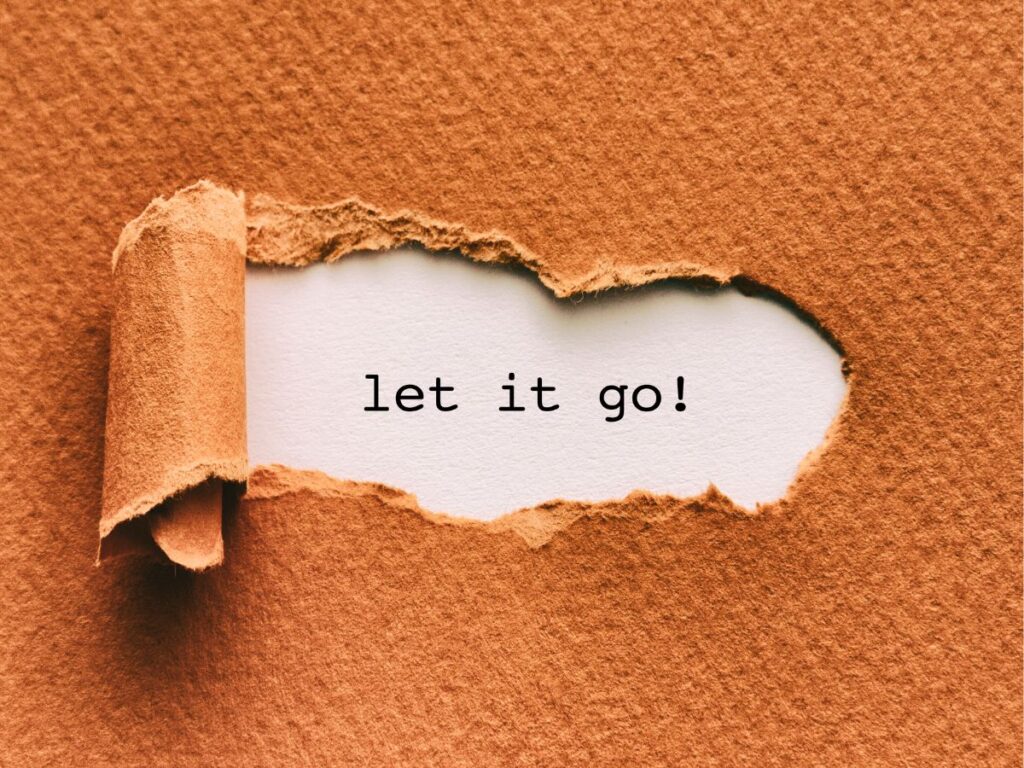
Accepting the End
Embracing What Is
When we’re in the throes of heartbreak or loss, acceptance can feel like a distant, impossible place to reach. In those early days, it seems unimaginable that we could ever emerge from the pain. We’re engulfed by waves of shock, denial, anger, and sadness, each one so intense and all-consuming that it feels like this state might last forever. The idea of change feels unreachable, even absurd.
Each of these emotions is overwhelming, and it’s only natural to want to avoid them. In fact, a lot of people do, because the pain that comes with facing these emotions can be all-encompassing, an almost unbearable weight. But moving through each of these feelings, as hard as it is, is part of the journey. Please, never run away from yourself. These are the steps in learning the art of letting go—a deeper transformation that ultimately brings us to the other side.
We’ve all been there. We’ve survived heartbreak and loss, and we’ve come out of it somehow greater than before. Through the messiness, the tears, and the countless lessons, we’ve learned so much about ourselves. Each painful step was a catalyst, triggering growth we never could have imagined.
And then—out of nowhere—there’s that often surprising moment when our emotions begin to settle. We notice our attachment to the past loosening its grip, little by little. Suddenly, we can breathe more freely, think more clearly, and for the first time, we sense a future that actually feels good. This is acceptance—a part of the art of letting go—and it brings a quiet, much-needed relief.
Now, don’t get me wrong, acceptance doesn’t make things easy. It doesn’t erase the memories, and it doesn’t stop the pangs of loss from showing up now and then. But it does stop the endless cycle of torture, of what-ifs, and if-onlys. Acceptance lets us see things as they are, without needing them to be different. And that is huge!
With that acceptance comes a powerful question: Now what? Things have changed, and so have we. With that shift, we’re free to start creating a new reality, one that aligns with who we are now, not who we were when we were holding on.
Reaching acceptance is a journey, and it’s different for everyone. Sometimes, it helps to understand that what you’re experiencing is a universal part of loss and healing. I dive into these nuances in my article ‘When a Relationship Ends’, which explores the early stages of letting go and finding your way through the pain.
Perspectives on Letting Go in Relationships
For the One Ending the Relationship
Ending a relationship isn’t an easy choice, even when it feels necessary. For the one making the decision to part ways, letting go often comes with a surprising blend of emotions—guilt, grief, and maybe even a sense of relief, all colliding at once. This mix can feel confusing and even isolating. After all, they’re the one choosing to move on, so why does it still hurt? And sometimes, weeks or months later, there may even be a wave of regret, a sudden questioning of whether they made the right choice.
Well, only they know whether it was the right decision, but the art of letting go here means learning to trust in their choice, accepting that these complex feelings are natural, and that it’s okay to grieve something they chose to end—something they once cherished, and maybe still do. It involves releasing the residual guilt, honoring the memories shared; it involves healing to bring growth and shape a new reality.
For the One Being Broken Up With
For the person on the receiving end of a breakup, the journey can feel like an emotional free fall—raw, overwhelming, and disorienting. They’re thrust into a process of facing each stage—shock, denial, anger, sadness—one intense emotion at a time, often circling back and forth between them. Moving through this can feel endless, nearly impossible to overcome, and it’s only natural to wish for an escape from the pain.
Of course, everyone experiences these emotions differently, each with their own ways of coping. But for most, it’s not an easy path to walk; in fact, it’s often daunting and heart-wrenching. There’s a loneliness in the journey that can make the prospect of healing seem almost out of reach. I guess we’ve all experienced that at least once in our lives.
Yet, as they slowly navigate each stage, a quiet transformation begins—a shift so subtle it’s almost unnoticeable, but over time, it becomes very real. Beneath the waves of hurt, loss, and grief, they start to glimpse their own resilience—a strength that once seemed buried but now, little by little, begins to emerge. This is a powerful moment, one that brings with it newness, hope, and a newfound joy for life.
Here, the art of letting go becomes a path to finding strength in what feels like ruins, uncovering a grounded sense of self they may not have realized was there.
Often, breakups act as catalysts, throwing us into the depths, to what feels like rock bottom. But, as difficult as it is, this can be a profoundly powerful place to be; it’s where self-discovery and inner strength take root, revealing layers of ourselves we didn’t know existed. Though letting go doesn’t erase the ache, it creates space for something new—a growing realization that this loss, painful as it was, is leading to a version of ourselves we haven’t yet met.
When Both Decide to End It (Conscious Uncoupling)
When both partners agree to end the relationship, there’s a special opportunity to part ways with intention, compassion, and understanding. The art of letting go here becomes about honoring each other’s journey, acknowledging how much you’ve both grown—together and separately—and recognizing that this growth now calls for different paths.
In these moments, letting go doesn’t have to feel like a loss but rather a gentle release, a conscious choice to respect what each partner needs moving forward. It’s a bittersweet recognition that, even though you once dreamed together, those dreams are now shifting in different directions. Letting go of an old version of yourselves, an old version of the relationship, and everything you built together can be painful. Yet there’s a shared understanding that this chapter is complete, and it’s time to move on.
This kind of parting, built on mutual respect and care, allows both to carry forward the memories with warmth rather than regret. There’s still grief, of course, but it’s carried with a sense of completion and openness to new beginnings. In this quiet peace, the art of letting go becomes a graceful transition that honors what has been while creating space for whatever’s next—for both partners.
Attachment Styles and How They Affect You and Your Relationships
Now, let’s dive deeper into the the heart of attachment styles—the way we connect, love, and feel secure (or insecure) with others. The way we attach plays a huge role in how we navigate relationships, especially when it comes to letting go. Whether we lean toward secure, anxious, avoidant, or fearful attachment, each style brings its own unique patterns, shaping how we bond, experience intimacy, and ultimately, how we process the end of a relationship.
1. Secure Attachment: Letting Go with Resilience
For those with a secure attachment style, the process of letting go, though painful, can often feel manageable. They’re comfortable with intimacy and trusting others, so when a relationship ends, they have a natural capacity to reach out for support and self-soothe. The ending may still bring grief, but secure individuals can typically find peace in the knowledge that they are whole on their own. Letting go, in this case, becomes more of a transition than a shattering loss.
2. Anxious Attachment: The Pain of Uncertainty
For those with an anxious attachment style, letting go can feel like an impossible task. People with this attachment style tend to crave closeness, reassurance, and that steady sense of security that comes from knowing their partner is fully there for them. When a relationship ends, it can feel like the ground beneath them has vanished. The pain often runs deep, and every unanswered question, every “what-if,” feels like a thread that keeps pulling them back.
Losing a partner here can feel like losing a part of themselves, a part they don’t yet know how to fill. I talk from experience when I say this: letting go for those with an anxious attachment often feels like letting go of a lifeline.
This attachment style can make it hard to let go, often leading to lingering attachments, late-night ruminations, and sometimes even limerence—that obsessive longing that keeps them fixated on every little memory, every small detail of what once was. It’s like holding onto fragments of a dream, all while trying to navigate the overwhelming reality of waking up without it.
For someone with an anxious attachment, the art of letting go involves not only practicing self-compassion but also learning to build a sense of inner security. I highly recommend not going through this alone. Having someone to guide you—a therapist, a coach, someone who can remind you of your strength and resilience—is invaluable. They can hold you accountable in your healing and give you the tools to move forward while reminding you that it’s possible to find peace within.
With time, practice, and support, those who are anxiously attached can become securely attached, discovering that the freedom and stability they sought in others are found within themselves.
3. Avoidant Attachment: The Fear of Vulnerability
For individuals with an avoidant attachment style, the journey of letting go can feel confusing and, at times, a bit contradictory. They might struggle to open up and trust others, all while experiencing a deep sense of loss when a relationship ends. On the surface, they may appear to move on quickly, keeping their emotions under lock and key. But underneath that cool exterior lies a whirlwind of feelings just waiting to be acknowledged.
Letting go for someone with avoidant tendencies often means gently softening those protective barriers they’ve built over time. It involves allowing themselves to grieve the loss they’ve been trying so hard to avoid. But here’s the thing: facing those hidden emotions is a brave and necessary step toward healing. This process can feel daunting, and that’s why seeking guidance from a therapist, coach, or someone who understands the intricacies of emotional vulnerability can be a game changer.
I speak from experience when I say that having someone by your side during this journey can provide immense support and accountability. They can help remind you of your strength and resilience, guiding you through those emotions that may feel buried deep within. This kind of support not only fosters healing but also opens the door to healthier relationships in the future. Remember, it’s entirely possible for someone who is anxiously attached to become securely attached with time and effort!
4. Fearful-Avoidant (Disorganized) Attachment: The Conflict of Craving and Guarding Love
For those with a fearful-avoidant or disorganized attachment style, letting go can feel like an emotional tug-of-war. They crave intimacy deeply yet feel a real fear of it, wary that allowing someone too close could end in hurt. When a relationship ends, they often find themselves caught in a confusing mix of heartache and relief, as if they’re standing between the pull of longing and the impulse to guard their heart.
The journey of letting go for someone with this attachment style is both delicate and powerful. It involves learning to trust themselves and the intentions behind their feelings, as well as practicing self-acceptance. They’re often in a push-pull with their own heart, and that can be exhausting. Letting go here is about giving themselves the grace to feel conflicted while moving toward healing.
I can’t stress enough how transformative it can be for fearful-avoidant individuals to have a supportive guide—a therapist, coach, or mentor—who can gently help them unravel this inner conflict. Having someone who understands the depth and complexity of these feelings brings such relief and a sense of validation. With compassionate support, they can explore these layered emotions without judgment, making space for healing and the possibility of more stable, fulfilling relationships ahead. With time, those with a fearful-avoidant style can also grow toward secure attachment, learning to welcome love without as much fear.
Why Understanding Attachment Styles Matters
Knowing your attachment style can be transformative. It provides insights into your emotional triggers, helps you recognize patterns, and makes the process of letting go feel less mysterious and overwhelming. Letting go isn’t just about releasing the other person; it’s also about understanding and reshaping your own patterns to create healthier, more fulfilling relationships in the future.
The Art of Letting Go as a Life Skill
Letting go isn’t just about moving on from relationships. Oh, if only it were that simple! It’s about learning to release all kinds of things that no longer serve us—jobs we’ve outgrown, friendships that don’t quite fit anymore, versions of ourselves we’ve shed, and even dreams we once clung to. And each time we’re asked to let go, it can feel like we’re losing a part of ourselves, but really, we’re making space for something new, something that’s ready to come into our lives.
Letting go is one of those life skills that no one really teaches us, yet life brings us back to it over and over again. Each time we practice, we get a bit better at it—not because we stop caring but because we start trusting. Trusting that whatever we’re releasing, whatever feels painful to let go of, is creating room for something we can’t yet see. It’s a skill that builds resilience, not by making us hard but by keeping us open.
When we think about it this way, letting go isn’t about shutting down or shutting out—it’s about staying open to what comes next. It’s about remembering that each chapter we close, every person we’ve known, and every place we’ve been, they’re all part of who we are now. They’ve each left an imprint, a lesson, a gift, making us a little more prepared for what’s ahead.
So, if you find yourself needing to let go, remember this: it’s not an end; it’s part of your ongoing journey. It’s a powerful act of self-love and self-trust—a way of saying, “I believe in what’s meant for me next, and I’m ready to welcome it.” Because at the heart of it, the art of letting go is about trusting that we’re capable of embracing the unknown and knowing, deep down, that we are still whole.
Letting go as a life skill opens us to healthier relationships in the future, ones that can support our journey forward. In ‘Yes, You Can Have Healthy Relationships and Still Heal—Here’s How‘, I explore how healing can coexist with love, helping you find balance and joy in new connections while staying true to your growth.
If this resonates with you and you’re ready to go deeper, I’d love to support you. Book a free clarity call with me to explore how we can work together toward creating a future filled with healing, healthy relationships, and renewed confidence.

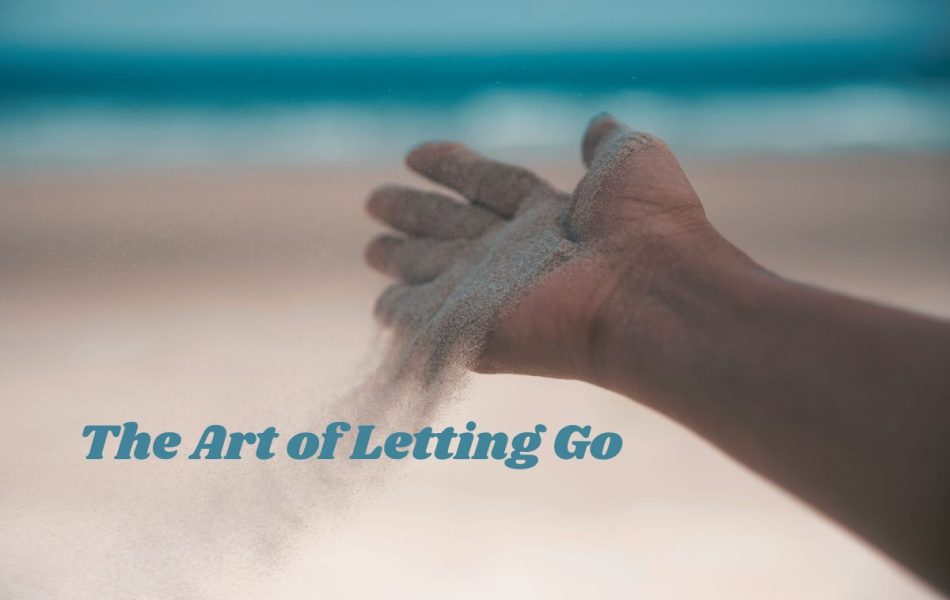



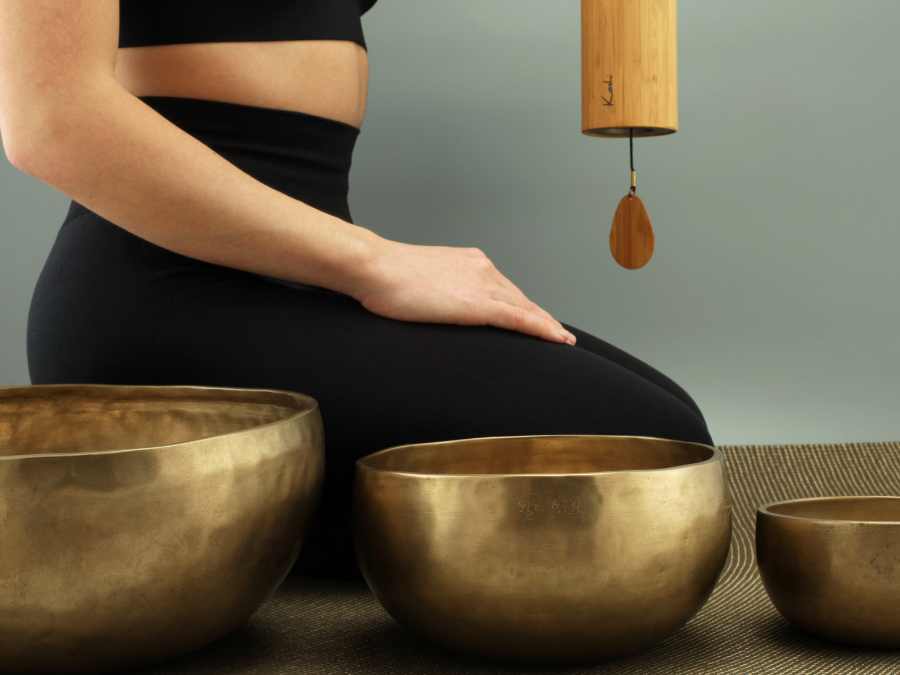
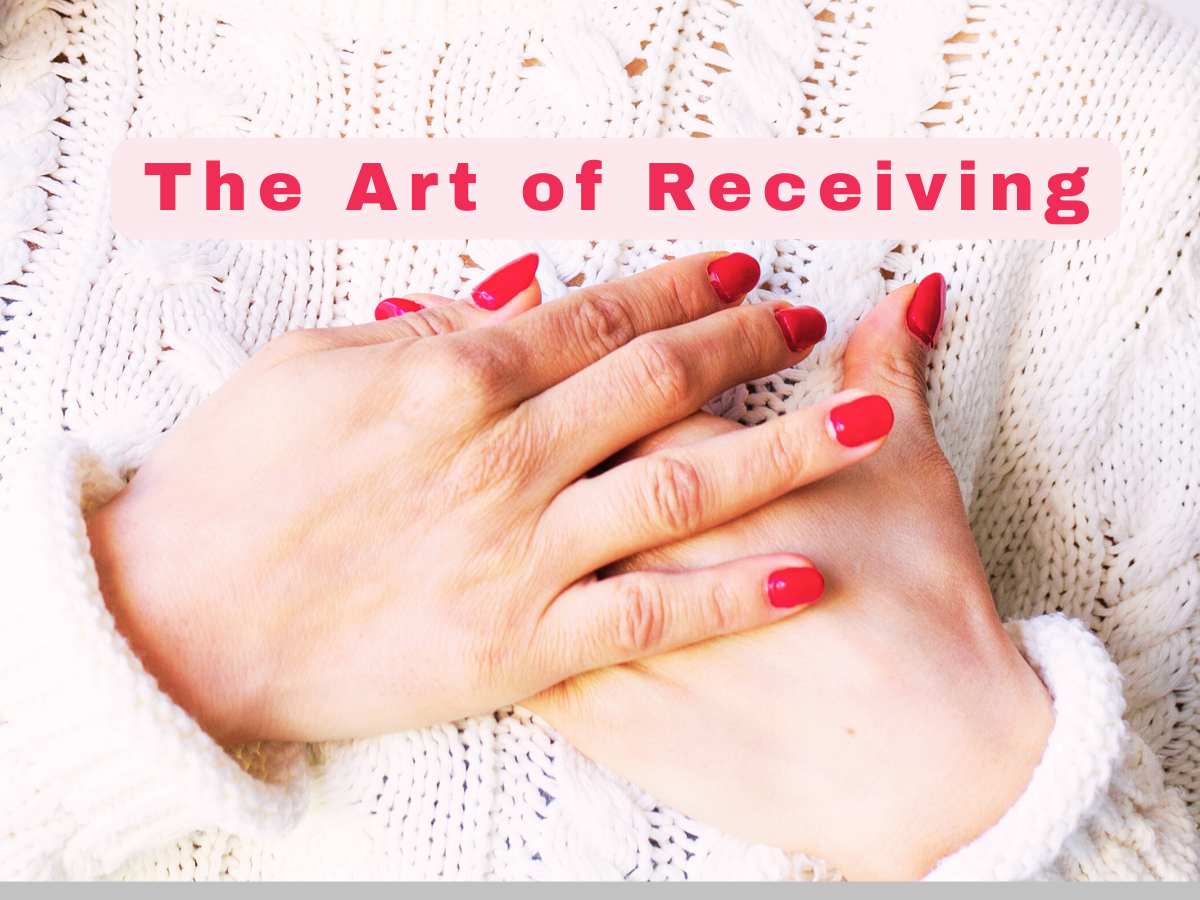
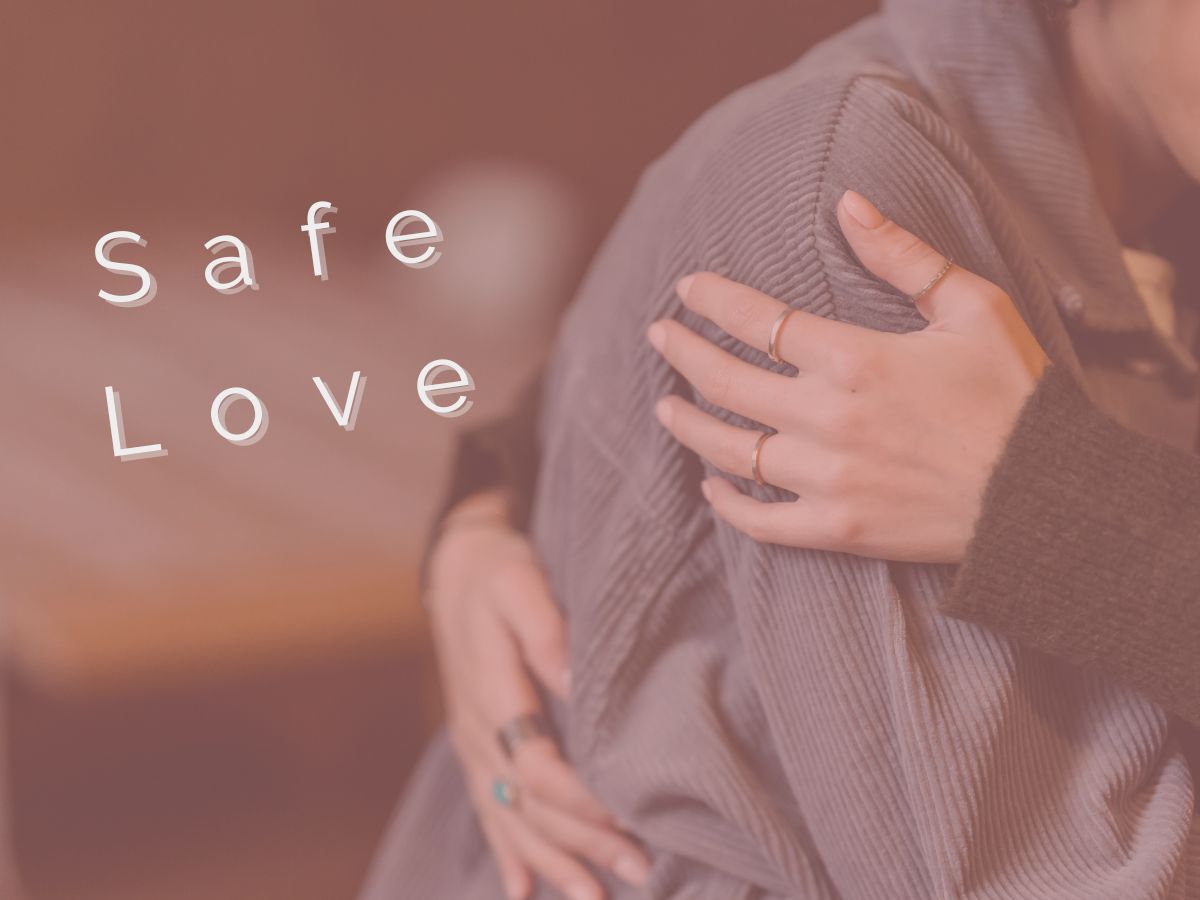



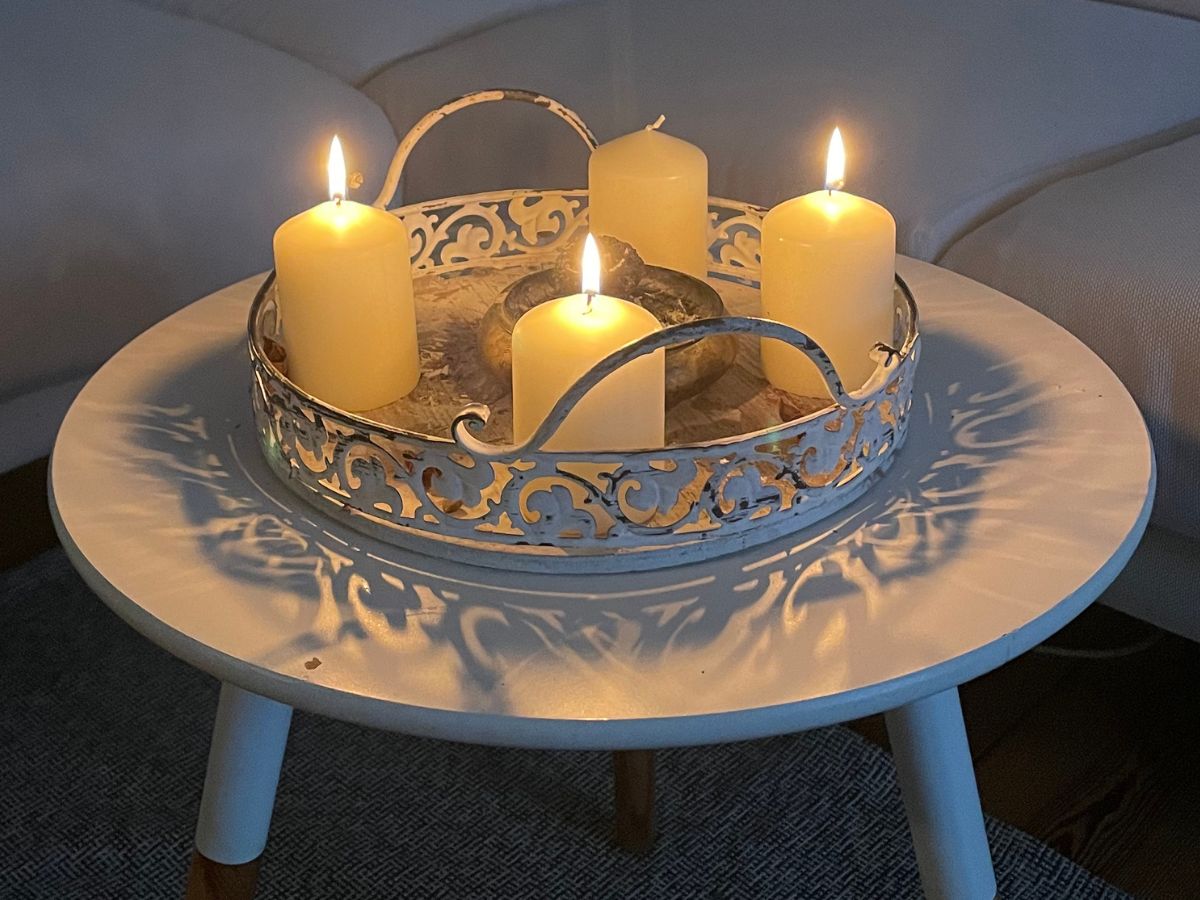




Leave a Comment